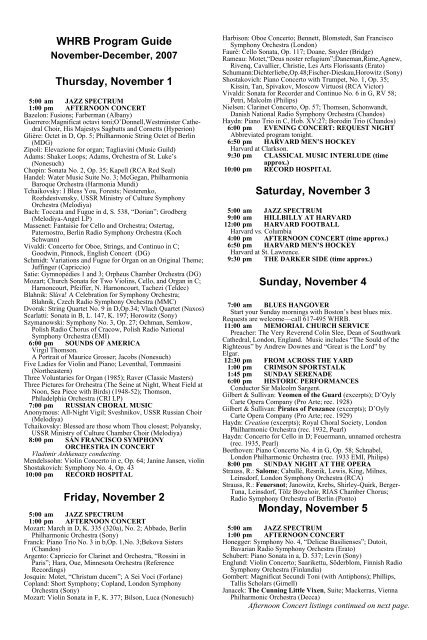
The paring down of musical procedure into its barest essentials might seem a concession to the atonalists ad minimalists, but the sonic poise retains a chastity and ethereal clarity we might look for in Palestrina. The Seventh Symphony (1924) fulfills Sibelius’ ability for thematic compression and structural consistency. The winds, harp, and strings of the Philharmonia have rarely played so poignantly, resounding with a heart-breaking clarity of orchestral definition. If the symphony does in fact evolve from a prescribed Dorian kernel, then its four movements are a pose for what is really a single-movement tone-poem like En Saga or Tapiola, and of course, the Seventh Symphony. The Dorian character of the first movement reappears, here in the form of a bucolic chorale. The “calm and poetic” finale is marked Allegro molto – Allegro assai. The relatively brief Poco vivace offers a gallop in which the divided violins seem to act independently. The theme unfolds in continuous metamorphosis, contrapuntally and in explosive unisons. Flutes and bassoons work their magic against pulsating strings. While Sibelius had second thoughts about the second movement Allegretto moderato, wishing to mark it as Andantino, Karajan renders it as a breezy march that verges on scherzo motion. The avoidance of “heroic gestures” (of the Fifth Symphony) by no means diminishes the poignant flow of the music, to which the Philharmonia strings and winds-in parallel thirds-find themselves in fluid harmony. The first, lyric movement clearly derives from the Dorian affect that characterizes much of Finnish folk music. Sibelius christened his Sixth Symphony (1923) as a “poem made up of spring water,” admitting that its strong Dorian leanings contravened the atonal and irreverent modes of classical music of the 1920s. 52 never received from him its due in terms of live or recorded performance. Karajan certainly adds to the pantheon of great Sibelius interpreter, but we must ponder why the Symphony No. The Sibelius symphonies recorded here date from 19 ( E-flat Symphony), respectively, celebrating the better of ten and fourteen years’ association between Karajan and the most superb British orchestra ensemble after the formation of Beecham’s Royal Philharmonic. Legge wished to see his recently formed Philharmonia Orchestra of London enjoy a honing process under such musical directors as Karajan, Dobrowen, and Susskind.


105 – Philharmonia Orchestra/ Herbert von Karajan – Praga Digitals PRD 250 355, 77:30 ****:Īt the behest of EMI music producer Walter Legge (1906-1979), Austrian conductor Herbert von Karajan (1908-1989) received a kind of political/artistic reprieve in 1946, his having been banned from musical activities in Vienna by the Soviet occupation for Karajan’s participation in Nazi cultural life. This is worth it for the Fifth, if you’re a Sibelius completist.The last three of the Sibelius symphonies vibrate with a clarity and intensity peculiarly Karajan’s. The remastered 1960s sonics are vintage EMI from the period, meaning warm and well balanced (better exposure for the woodwinds than Karajan would permit in his Berlin remakes). These are quicker than usual, and the approach makes much more sense than the “stretch out the rests” renditions we often hear today. He handles the transitions in the first movement smoothly, adopts a sensible tempo for the Andante that brings out plenty of the music’s amiable charm, and the finale not only features marvelous contributions from the strings and horns, but Karajan’s timing of the final chords works extremely well. That said, the playing of the Philharmonia is really beautiful, as is also the case with the Fifth Symphony, Karajan’s finest recording of the work. Although he does well enough in the first three movements, the finale suffers from a penchant for grandiosity that makes it seem to go on forever. Karajan was never at his best in Sibelius’ Second Symphony.


 0 kommentar(er)
0 kommentar(er)
